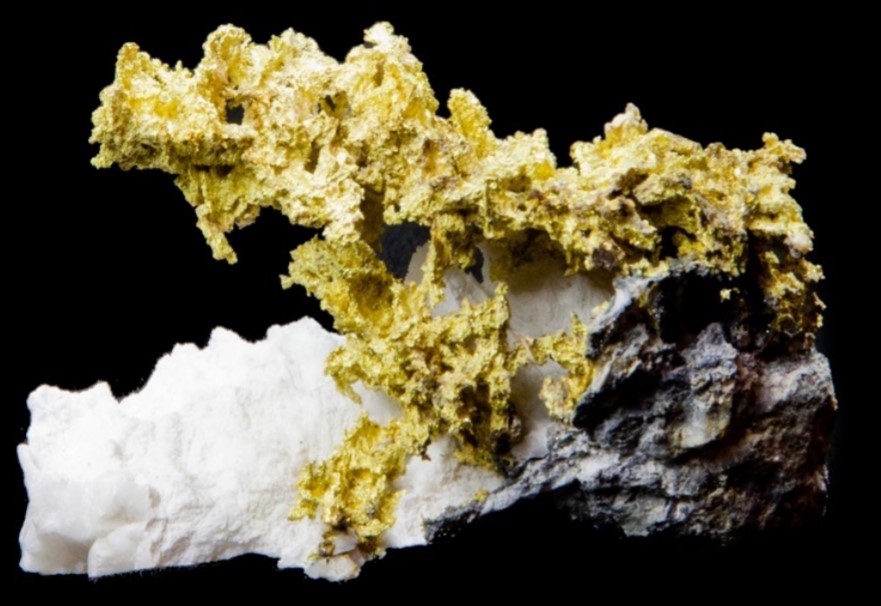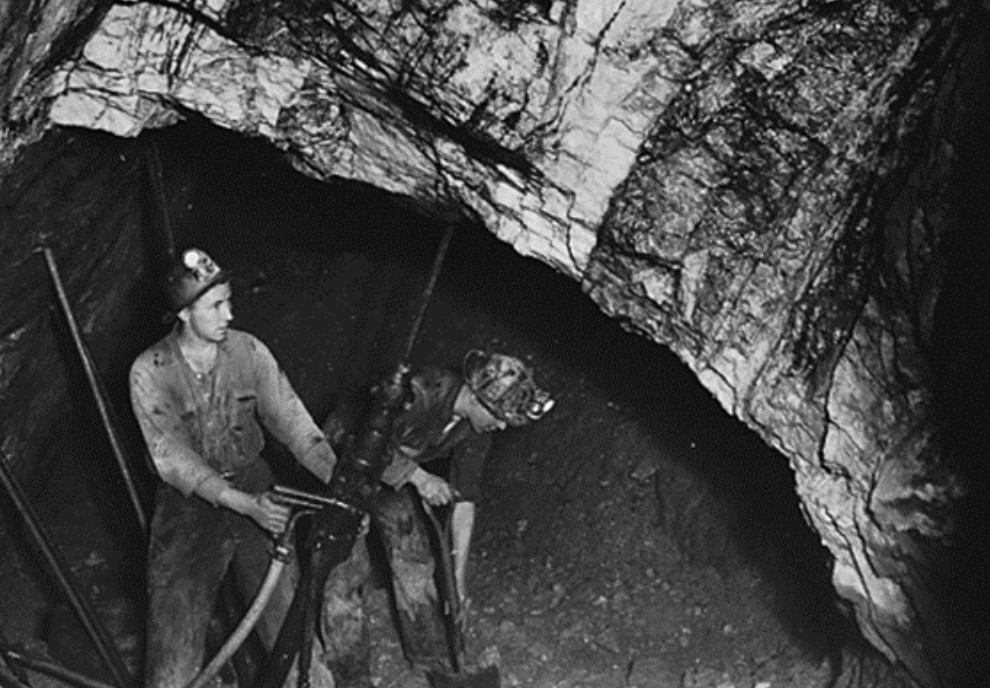Talisker testing long hole stoping for Bralorne gold project


Talisker Resources (TSX: TSK; OTCQX: TSKFF) continues to advance its Bralorne gold project near Lilloet, B.C. It will amend its existing M-207 major mines permit for the Mustang gold mine, where test mining with long hole stoping is to begin in the second quarter of 2024.
The major changes to be made are enlarging the access ramp to 4x4 metres, including the portal. New development will be done to reach the Alhambra vein and BK-9870 vein on multiple levels. This work is to start early next year.

“The increased dimension of the portal and decline ramp will allow Talisker to move to a greater production rate in a shorter timeline than previously plant,” explained Talisker president and CEO Terry Harbort.
The Bralorne complex was the highest-grade gold producer in Canada before it was closed in 1971. Consisting of the Bralorne, Pioneer, and King mines, the three mines produced 4.2 million oz. from ore with an average grade of 17.7 g/t gold. Sixty-three gold-bearing veins were identified, but only 30 were mined. The 77T vein was mined continually to 1.9 km below surface. All veins, including 77T, remain open at depth and many are open along strike.
This year’s resource estimate includes only the King, Bralorne, Pioneer, and Charlotte deposits. Together they have an indicated resource of 117,300 tonnes averaging 8.85 g/t gold and containing 33,400 oz. of gold. The inferred resource is 8.0 million tonnes at 6.32 g/t gold for 1.6 million contained ounces. This estimated is defined along a strike length of 4.5 km to a depth of 700 metres. The company has identified 86 veins in these four deposits.
Metallurgical testing has an average recovery of 96%, and 65% of the recovery is free gold.
All told, Talisker has completed 150,000 metres of drilling and identified 47 historic gold occurrences on a 33-km trend. It is aiming to clear a pathway to a resource containing 5.0 million oz. of gold or more.
Learn more about the Bralorne gold complex on www.TaliskerResources.com.
Comments